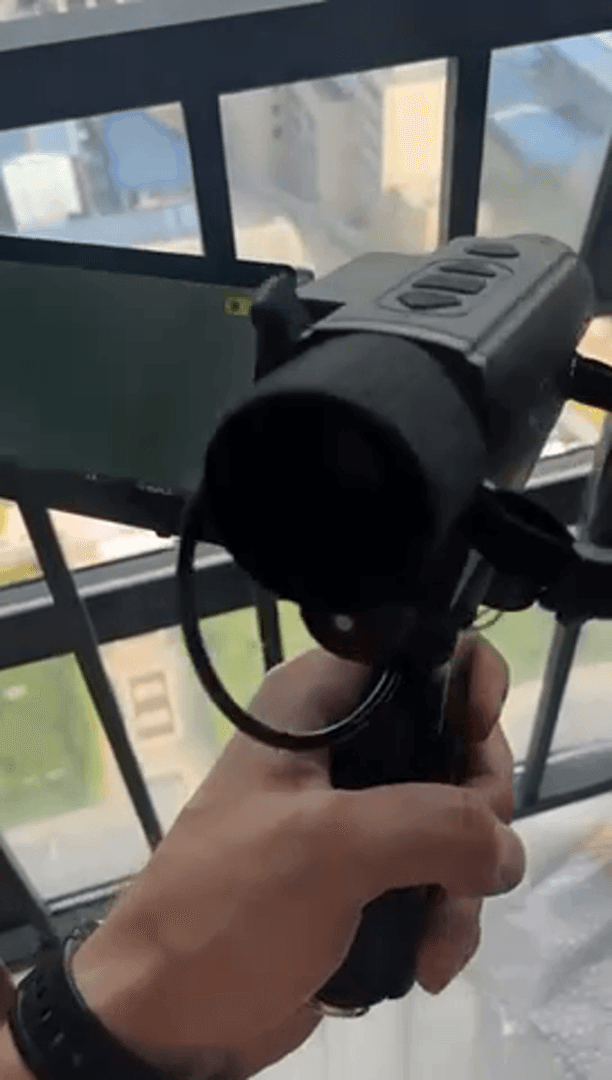
Find a Deadhead Buck? Keep it Legal To you thousands of COVID-19 newbies that have joined our ranks to hunt deer in the fall and shed antlers in the spring, here is something you’ll find interesting. A “deadhead” is the commonly used term for a buck deer carcass that you might stumble across in the woods, with antlers still attached to the skull. Generally, such a buck has been dead for several months or even a year or two, and the carcass has been ravaged by time, weather, and predators. All that might remain are a grisly skull with antlers, a portion of the spine, and maybe some rib bones wrapped tautly with pieces of hide as black as used motor oil. If the skull has been lying on the ground for more than a few months, you might see teeth marks on the antlers where squirrels and mice have gnawed them. Rodents are attracted to the minerals in antlers, and they also chew them to wear down their ever-growing teeth. The longer a deadhead rots on the ground, the more squirrels will carve
Post: 9 June 09:24












































